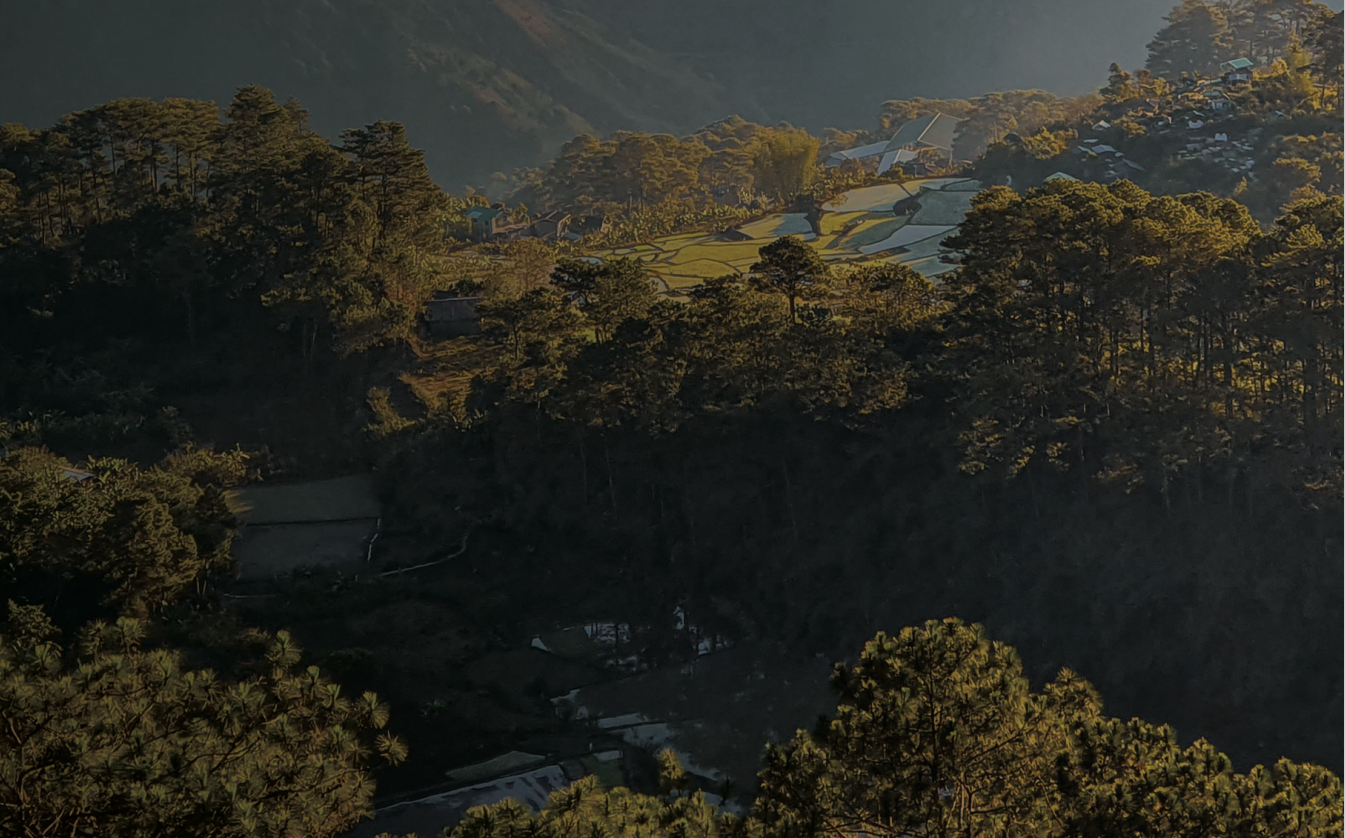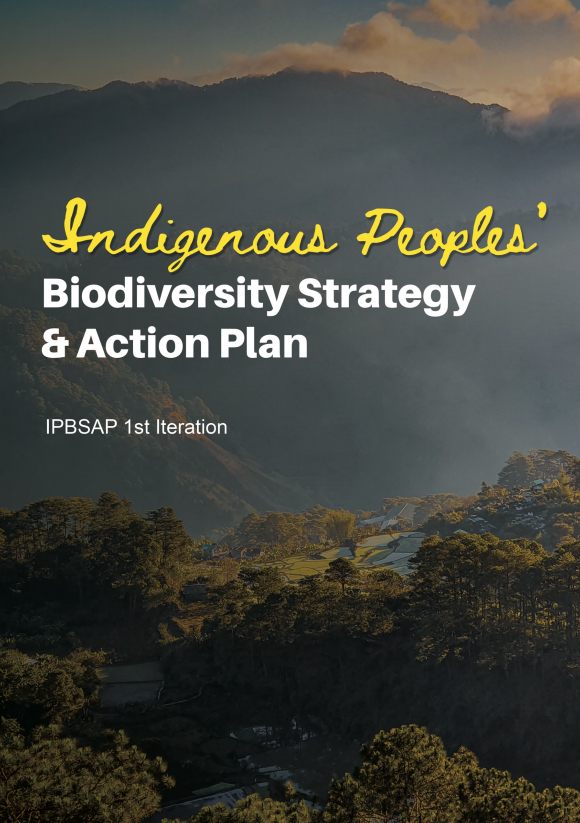The Kunming-Montreal Global Biodiversity Framework (KMGBF), adopted by Parties to the Convention on Biological Diversity (CBD) in 2022, recognizes the key roles and contributions of indigenous peoples and local communities as custodians of biodiversity and as partners in its conservation, restoration and sustainable use. It states that “the Framework’s implementation must ensure that the rights, knowledge, including traditional knowledge associated with biodiversity, innovations, worldviews, values and practices of indigenous peoples and local communities are respected, and documented and preserved with their free, prior and informed consent.” Furthermore, the framework lays down obligations for governments to ensure their full and effective participation, access to justice and information, their rights to culture, knowledge, and lands, as well as the full protection of environmental defenders.
With the adoption of the KMGBF, the Philippines is currently undertaking its own process of aligning the Philippine Biodiversity Strategy and Action Plan (PBSAP) with the new global framework. Indigenous peoples and other organizations view this endeavor as a key opportunity to collectively advocate for effective and inclusive biodiversity policies and actions, while recognizing the rights, commitments, and contributions of indigenous peoples to biodiversity conservation, sustainable use and benefit sharing. It is in this spirit that Philippine indigenous peoples organizations, community representatives, non-government organizations, peoples’ movements and individuals have come together to formulate an Indigenous Peoples Biodiversity Strategy and Action Plan (IPBSAP).
The IPBSAP is a groundbreaking document, the first ever of its kind. It serves as a collective commitment by Indigenous Peoples about their roles and responsibilities, traditional knowledge, values, rights and interrelationships with their territories and biodiversity. It identifies the threats and challenges faced by Indigenous peoples in biodiversity conservation, sustainable use and benefit sharing. It analyzes the policy, governance, and financial landscapes within which we operate. It lays forth targets, recommended activities, commitments and good practices of Indigenous communities towards contributing to the achievement of the KMGBF goals and targets by 2040. Also included in the IPBSAP is a Guidance Note which was formulated and approved by participants to the 2nd National Roundtable Discussion on Indigenous Peoples and Biodiversity for the PBSAP review and implementation.
The IPBSAP has been structured along similar themes as the 2018-2028 Philippine Biodiversity Strategy and Action Plan. It includes an overview of the state of biodiversity in indigenous peoples territories, the development worldview of indigenous peoples, the policy, governance and financing environment affecting indigenous peoples in the Philippines, and a scanning of the principal drivers of biodiversity loss in their territories. It formulates biodiversity targets, indicators, and activities, to which indigenous peoples are committing to contribute, towards the achievement of the goals and targets of the KMGBF and the PBSAP. Such a structuring is a conscious effort on the part of the organizations involved to bring alignment of the IPBSAP with commitments by Government and other stakeholders in the formulation of national biodiversity targets, monitoring and reporting consistent with the whole-of-government and whole-of-society approach.
Indigenous peoples around the country have expressed these same concepts and articulated the assertions made here, capturing their narratives and case stories, which give life, face, and color to the numbers, figures and targets contained in the IPBSAP. More experiences are forthcoming to further enrich localized versions of the IPBSAP.
Objectives of the IPBSAP
The IPBSAP is seen as a way forward:
- To provide an overview of the status and context of biodiversity in Indigenous Peoples’ lands and territories in the Philippines;
- To communicate to the Philippine government and to the public the key contributions and commitments by Indigenous Peoples to biodiversity conservation and sustainable use in the Philippines;
- To put forward key issues and recommendations on biodiversity from the perspectives of Indigenous peoples;
- To serve as a guiding document for Indigenous peoples in carrying out biodiversity actions; and
- To highlight examples of key contributions and good practices by Indigenous Peoples on conservation, sustainable use, and benefit-sharing.
Process of Formulation of the IPBSAP
This latest version of the IPBSAP (as of August 5, 2024) was formulated through a continuing consultative process, which is self-organized and led by Indigenous Peoples and their support organizations.
In November 2023, 44 delegates from 26 organizations gathered in Diliman, Quezon City for a the first National Roundtable Discussion (RTD) on Indigenous Peoples & Biodiversity to jumpstart a capacity-building and consensus-building process towards articulating and formulating indigenous peoples’ perspectives, concerns, issues, targets, contributions, and commitments to biodiversity conservation, sustainable use and benefit sharing. This was followed by an inter-regional RTD in Northern Luzon in January 2024 in Baguio City, with 43 delegates , and a Second National RTD on Indigenous Peoples & Biodiversity in May 2024 in Quezon City, with more than 50 delegates from 34 organizations/communities from around the country. In addition, some Indigenous peoples representatives participated and engaged in the DENR review process of the PBSAP at regional and national levels, while contributing text, guidance notes and position papers to the PBSAP formulation along the way.
To bring together all the important views, ideas and contributions emerging from the previous activities, a writeshop and planning workshop was conducted by the Indigenous Peoples and Biodiversity Coalition on July 10-13, 2024 in Imugan, Sta. Fe, Nueva Vizcaya. This was an important step forward in coming out with the IPBSAP in its current form and latest version as of August 5, 2024.
The IPBSAP is a living and working document. The full enriched IPBSAP is still in the making. As such, additional contributions will continue to come in as we undertake further localization and consultative processes with indigenous communities at local, subregional, regional and national levels. A monitoring and evaluation framework will also need to be developed to take on board traditional knowledge indicators of the KMGBF Global Monitoring Framework, which is still undergoing discussion at the CBD. The monitoring framework will indicate what data needs to be collected and the frequency of data collection and reporting as part of monitoring the effective implementation of the IPBSAP.
Type: Article
Region: Asia
Country: Philippines
Theme: International processes; Community-led conservation; Biodiversity Monitoring
Partner: Partners for Indigenous Knowledge Philippines (PIKP)



